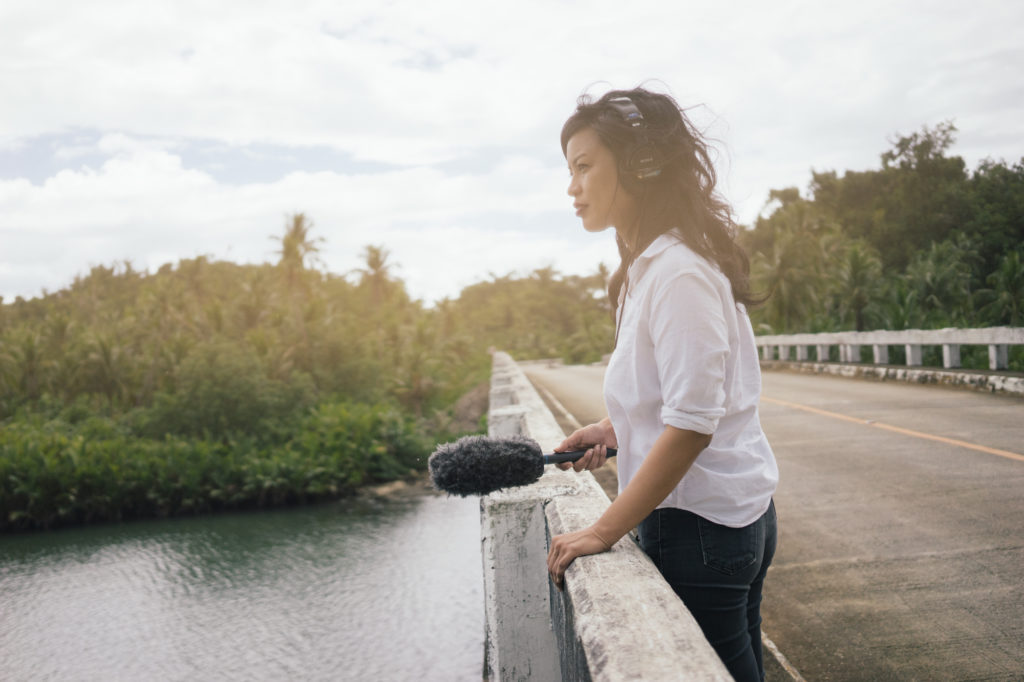After covering the devastation of Typhoon Haiyan in 2013, GroundTruth’s Aurora Almendral investigates how typhoons – which are getting stronger and more frequent due to climate change – drive waves of human trafficking in the Philippines. This episode is a co-production with KCRW’s UnFictional.

Behind the Science
The Philippines is an archipelago of more than 7,000 islands hugging the Pacific Ocean. An average of 20 typhoons form over the ocean and pummel the Philippines each year. According to the Intergovernmental Panel on Climate Change, the United Nations organization monitoring climate change and its impacts, noted that “a changing climate leads to changes in the frequency, intensity, spatial extent, duration, and timing of extreme weather and climate events, and can result in unprecedented extreme weather and climate events.”
While we can’t say that a specific typhoon, hurricane or drought happened because of climate change, we are finding that human-influenced climate change creates the conditions that make weather events like these more severe – like increased moisture and warmer seas that make typhoons more powerful. Rising seas increase the devastation brought by typhoons – the worst destruction of Typhoon Haiyan was wrought by storm surges up to 17 feet high, and in the Philippines, the seas are estimated to be rising at five times higher than the global average.
International organizations have recognized the link between disasters and human trafficking since at least 2006, and the track towards worsening storms is expected to amplify the negative effects of disasters on women.

Credits
- Managing producer: Rachel Rohr
- Consulting editor: Nathan Tobey
- Health & environment editor: Marissa Miley
- Sound designer: Robert Andersson
- Voiceover: Penelope Mendoza
- Executive editors: Charles Sennott (GroundTruth) and Bob Carlson (UnFictional)
Special thanks to Tom Devlin, Phil Redo and Bob Kempf at WGBH, and Paul Ruest at Argot Studios.





































